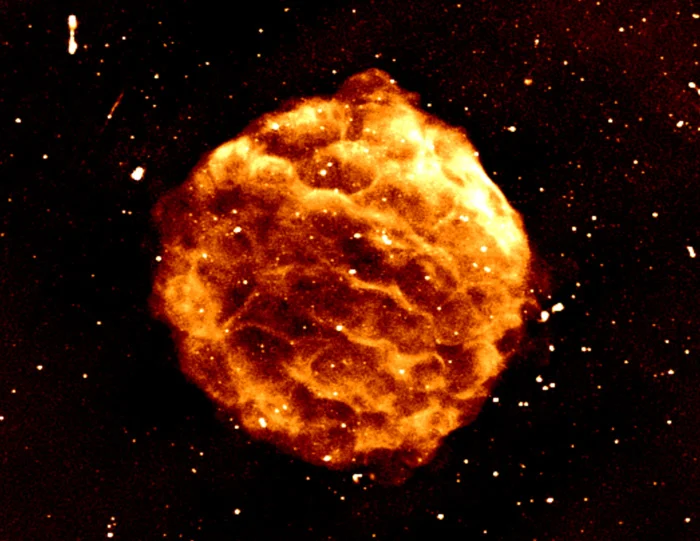After a day of analyzing a number of radio telescopes data and gaining access to the first phase of Australia's new supercomputing machine, researchers have produced a gorgeous and extremely detailed image of a supernova!

ASKAP Radio Telescope
As reported first by The Conversation, new-generation radio telescopes like ASKAP (Australian Square Kilometre Array Pathfinder) require extremely powerful software running on supercomputers to handle their high data rates and massive data volumes.
Pawsey Supercomputing Research Center makes this possible with a newly-minted supercomputer dubbed "Setonix", which was called after quokka, a favorite animal in Western Australia.
The national science agency of Australia, CSIRO, runs ASKAP - which is made up of 36 dish antennas that function as one telescope.
Afterward, the observational data it collects is delivered through high-speed optical fibers to the Pawsey Centre for processing and converting into images suitable for scientific use.
The telescope has proved successful after integrating its data to the processing software AKAPsoft on Setonix, which produces jaw-dropping images. It marks a significant step toward its full operation.
The new image of a supernova's remnant called "G261.9+5.5" glows in gold and sharp details thanks to the capabilities of the supercomputer!
Read also : 'New Era in Astronomy:' NASA James Webb Space Telescope's New Stunning Images and The Stories Behind Them
Ferocious Star-Death
This galactic object is believed to be more than a million years old and is situated 10,000-15,000 light years from our planet. This was first identified as a supernova remnant by CSIRO radio astronomer Eric R. Hill in 1967 using data from the Parkes Radio Telescope in Murriyang.
It is worth noting that supernova remnants (SNRs) are the byproducts of ferocious star-death events.
At supersonic speeds, the expelled material from the explosion rushes forth into the interstellar medium, sweeping up gas and any other objects in its path and compressing and heating them in the process, as explained by the research scientists of the team.
Also compressed by the shockwave are the interstellar magnetic fields. Highly energized electrons confined in these compressed fields are the source of the emissions visible in the radio image of G261.9+5.5.
It is now possible to investigate this remnant and the interstellar medium's physical characteristics in unprecedented depth because of the structure of the remnant that was shown in the deep ASKAP radio image.
The image of the SNR was created by integrating data collected at hundreds of different frequencies, demonstrating how difficult data processing is, even with a supercomputer, and how different processing modalities might lead to different potential problems.
According to the team, ASKAP is winding up a number of pilot surveys and will shortly conduct much larger and deeper scans of the sky while the supercomputer is rolling out its full operation.
The team also said that it is only beginning, and there will be more breathtaking pictures and discoveries of new space objects in the future.
Related Article : Astronomers Discover 'The Most Distant Galaxy Ever' From James Webb's Deep Space Image!
This article is owned by Tech Times
Written by Joaquin Victor Tacla
ⓒ 2025 TECHTIMES.com All rights reserved. Do not reproduce without permission.




